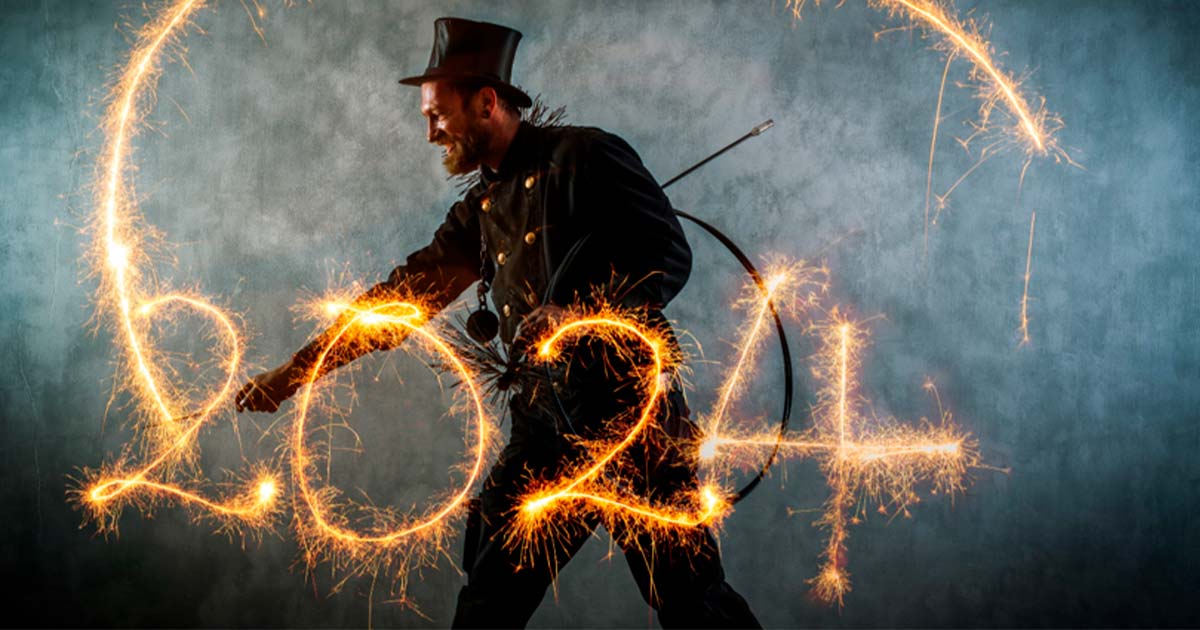Surprising New Year’s Day Facts We Bet You Didn’t Know (Video)
Unveiling the intricate tapestry of New Year's celebrations, a history often overshadowed by the commonplace revelry. Contrary to the universal January 1st celebration, the roots of this global tradition trace back over 4,000 years. The Babylonians initiated the original festivities during the spring equinox, a vibrant religious spectacle known as the Akitu festival. Fast forward to 46 BC, Julius Caesar's calendar reform marked a pivotal shift, transplanting New Year's from March 1st to January 1st. Medieval Europe witnessed diverse celebrations, but it wasn't until 1582, under Pope Gregory XIII's calendar overhaul, that January 1st regained its status.
- The Ancient Origins of New Year’s Celebrations
- Mesopotamian Kings Were Slapped in the Face in the Ancient Akitu Festival
Remarkably, not all cultures sync their revelry with the solar calendar. Rosh Hashanah and the Islamic New Year fall in the autumn, while the Chinese New Year ushers in late January or early February. The cultural kaleidoscope extends to traditions: 12 grapes in Spain, ring-shaped cakes in Greece, and symbolic dumplings in China. Even the iconic Times Square ball drop, dating back to 1904, encapsulates the multifaceted essence of New Year's, transcending borders with its kaleidoscopic display. From ancient Babylon to modern-day global celebrations, the evolution of New Year's Eve is a captivating odyssey through time.
Top image: Chimney sweep in work clothes writes the year 2024 with sparklers. Source: Werner/Adobe Stock

















